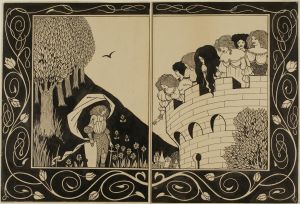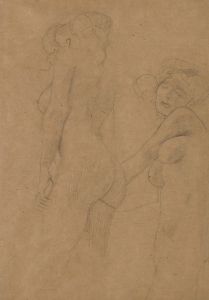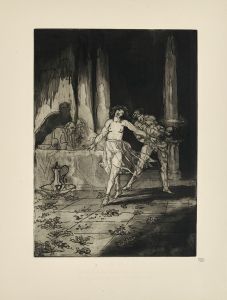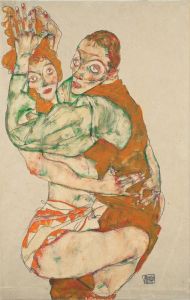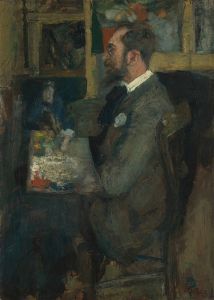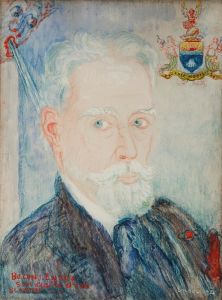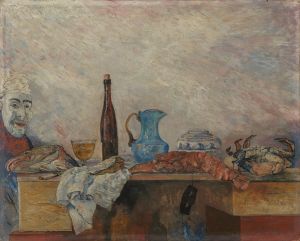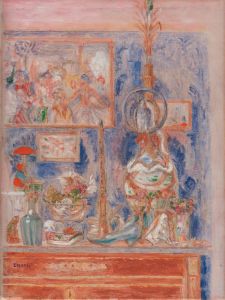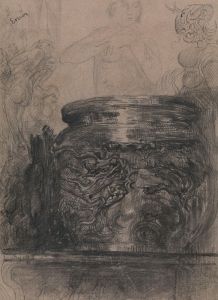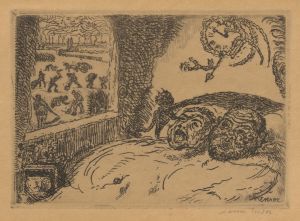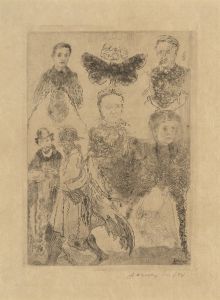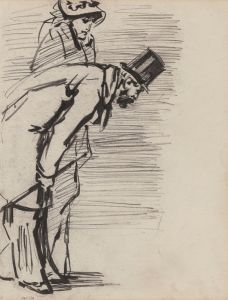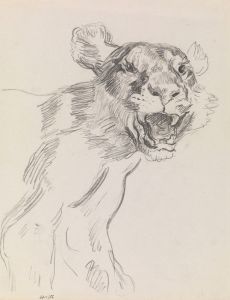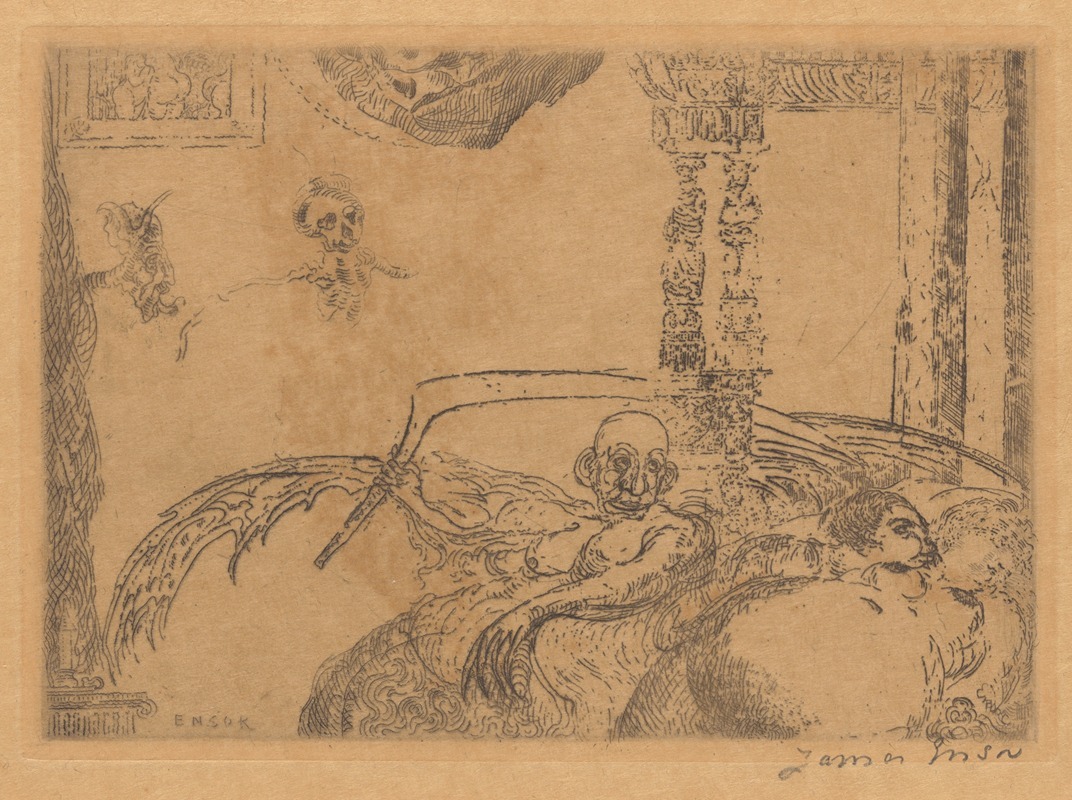
De ontucht
A hand-painted replica of James Ensor’s masterpiece De ontucht, meticulously crafted by professional artists to capture the true essence of the original. Each piece is created with museum-quality canvas and rare mineral pigments, carefully painted by experienced artists with delicate brushstrokes and rich, layered colors to perfectly recreate the texture of the original artwork. Unlike machine-printed reproductions, this hand-painted version brings the painting to life, infused with the artist’s emotions and skill in every stroke. Whether for personal collection or home decoration, it instantly elevates the artistic atmosphere of any space.
James Ensor, a prominent Belgian painter and printmaker, is known for his unique and often provocative works that challenge traditional artistic norms. One of his notable paintings is "De ontucht," which translates to "The Debauchery" in English. Ensor's work is characterized by its vivid use of color, intricate detail, and often satirical or grotesque themes.
"De ontucht" is a reflection of Ensor's fascination with the darker aspects of human nature and society. Although specific details about the painting's creation and its current whereabouts are not extensively documented, it is consistent with Ensor's broader body of work, which frequently explores themes of morality, vice, and the human condition. Ensor's paintings often feature a blend of realism and fantasy, populated by skeletons, masks, and other symbolic figures that critique societal norms and behaviors.
Ensor was born in 1860 in Ostend, Belgium, and spent much of his life there. His upbringing in a seaside town, combined with his exposure to the eclectic mix of objects in his family's curiosity shop, greatly influenced his artistic style. Ensor's work is often associated with the Symbolist movement, although he also had a significant impact on the development of Expressionism. His art is known for its bold colors and expressive forms, which convey a sense of emotional intensity and psychological depth.
Throughout his career, Ensor was both celebrated and criticized for his unconventional approach to art. He frequently depicted scenes of chaos and disorder, using his art as a means to comment on the hypocrisies and absurdities of society. "De ontucht" fits within this context, as it likely addresses themes of moral decay and indulgence, common subjects in Ensor's oeuvre.
Ensor's influence extends beyond his own time, impacting later artists and movements. His willingness to confront taboo subjects and his innovative use of color and form have earned him a lasting place in art history. Despite facing criticism during his lifetime, Ensor was eventually recognized for his contributions to modern art. In 1929, he was made a baron by King Albert I of Belgium, and his work was celebrated in a major retrospective at the Palais des Beaux-Arts in Brussels.
Today, James Ensor is regarded as a pioneering figure in modern art, and his works are held in high esteem by art historians and collectors alike. While specific information about "De ontucht" may be limited, the painting remains an important part of Ensor's legacy, exemplifying his distinctive style and thematic concerns. His art continues to be studied and appreciated for its bold exploration of the human psyche and its critique of societal norms.





